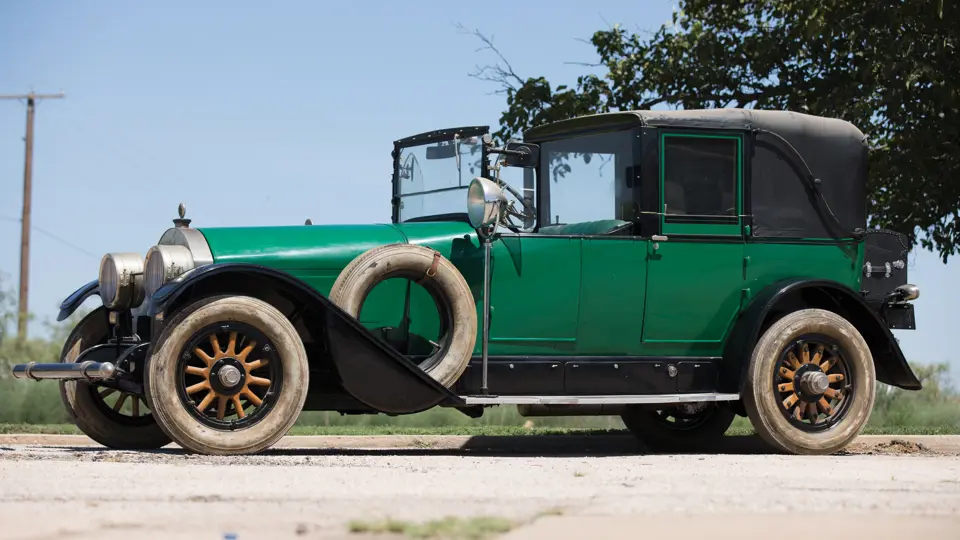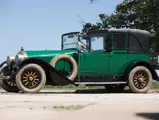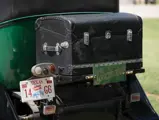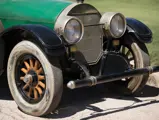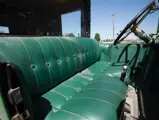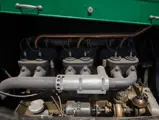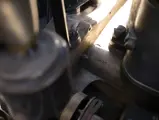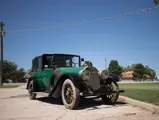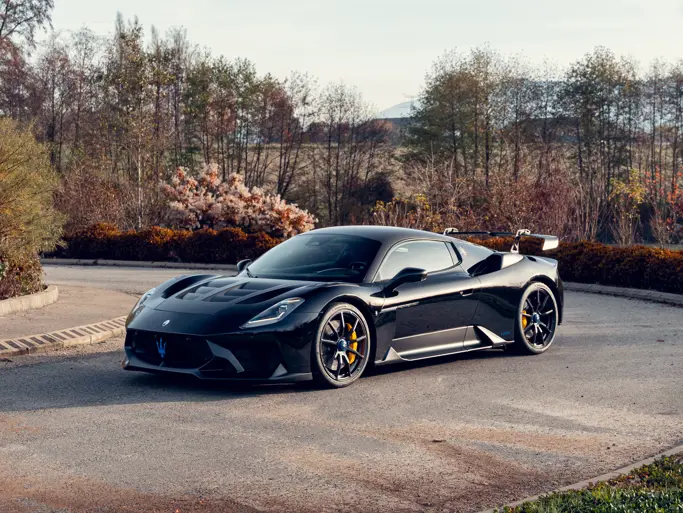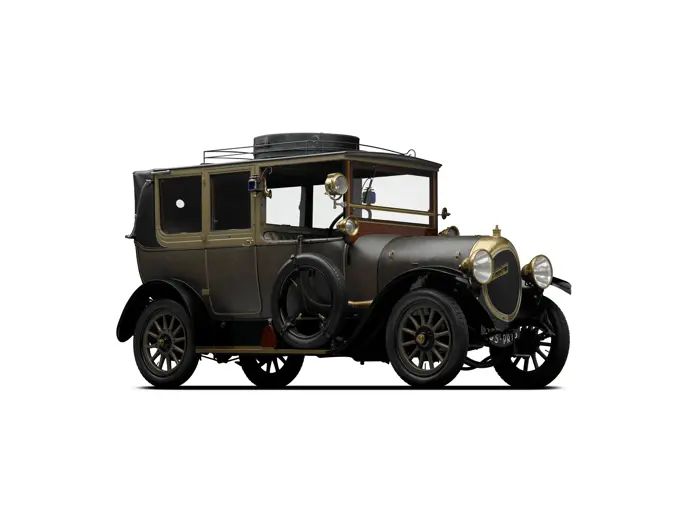Initially the best-selling car in America, the Locomobile became, in the words of its manufacturer, “Easily the Best-Built Car in America.”
The marque began in 1899, when magazine publisher John Brisben Walker and Amzi Lorenzo Barber, the “Asphalt King,” took over the steam car business of F.E. and F.O. Stanley. The light, $600 steam car they named “Locomobile” quickly became the hit of the day, selling, by 1901, some 2,200 cars annually. Its stardom, however, faded by 1903 when its sales were overtaken by the curved-dash Oldsmobile.
Locomobile had hired a brilliant young engineer, Andrew L. Riker. Riker set to work designing a gasoline-powered car, a four-cylinder front-engine machine with stamped aluminum body. Fully equipped, it sold for $4,000. A twin-cylinder car joined it briefly, but the four won out and by 1905 was the sole model, built in four sizes.
While the steam car had proved a volume seller, Locomobile took a different tack with the gasoline cars. Riker’s philosophy was to build the best car possible, and this did not suit itself either to volume or low price. The year 1904 had shown a profit on production of just 200 gasoline cars; in 1905 the most expensive Locomobile sold for $7,500.
In 1911, Locomobile introduced what would be the most significant and long-lived car in its history, the 48-hp Type M. A T-head six of 429 cu. in., its cylinders were cast in pairs, and the balanced crankshaft had seven main bearings. Uncommonly powerful and smooth, the “48” grew to 525 cu. in. and wheelbases to 142 inches. By 1914, four-cylinder cars had been dropped and a smaller six became the entry-level Locomobile.
This 1920 Series 7 Locomobile 48 carries the elegant Landaulet body style, with open chauffeur’s compartment and a folding roof for the rear passengers. An older, but well-maintained restoration, it has a green body with black fenders and moldings. The chauffeur’s compartment is done in matching green buttoned leather, while the passengers ride on buttoned taupe mohair. The engine compartment is commensurate with the car’s overall condition, generally clean but not detailed. Other equipment includes dual side-mount spares with mirrors, a running board spotlight, hand-wound clock in the passenger compartment, and sympathetically installed directional signals for safety in modern traffic.
The car will benefit from a detailing of the body, interior, and mechanical systems. It has not run in some time, so a thorough recommissioning should be carried out before returning it to the road.
The Locomobile 48 had perhaps the longest run of any American luxury car model, remaining in production with little mechanical change until the marque’s end in 1929. This car from the model’s middle years, exhibits the sophistication of the 1920s while retaining the elegance of the Brass Era.




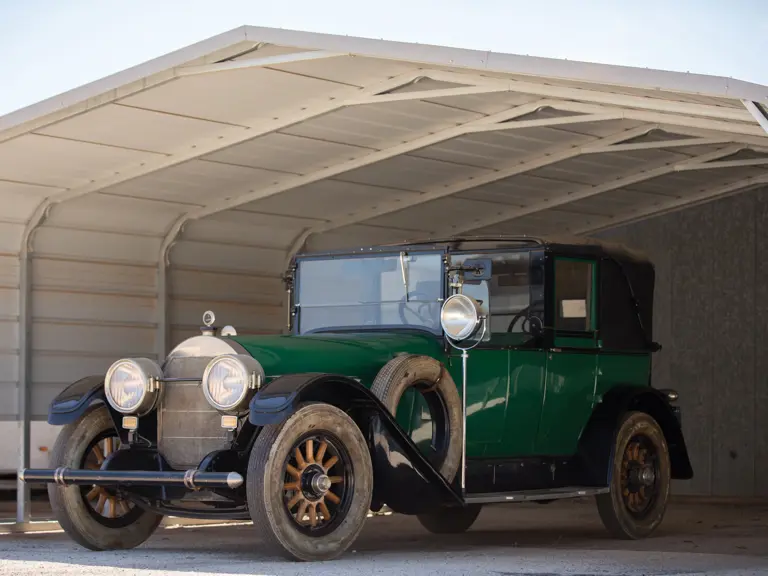
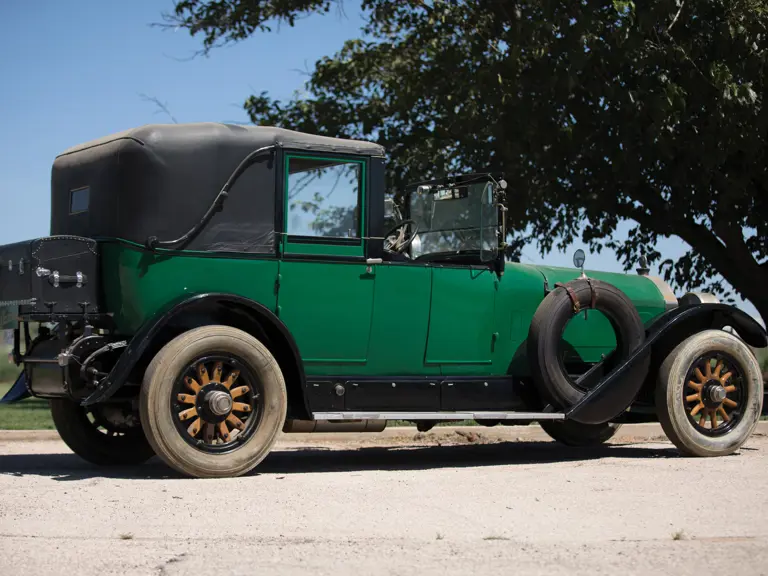
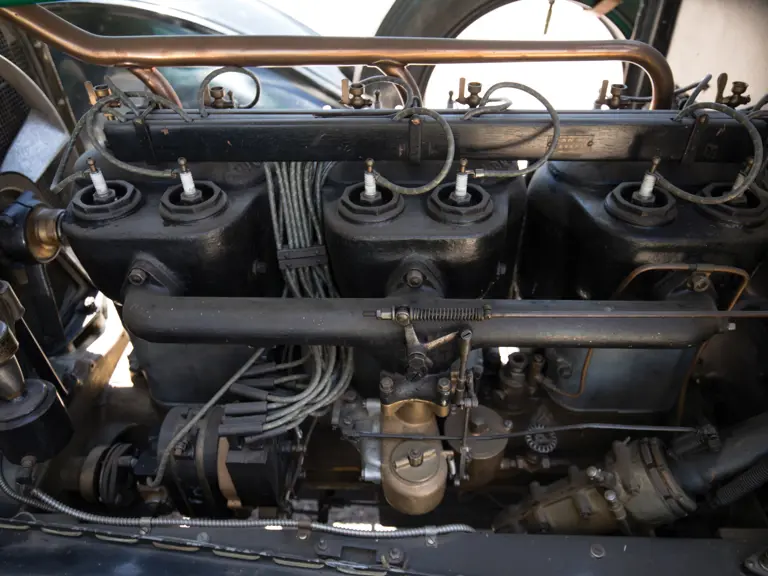



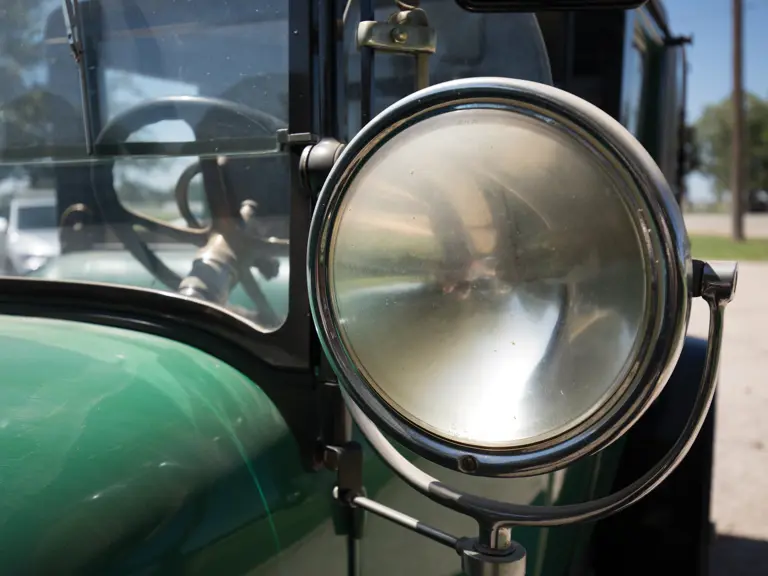
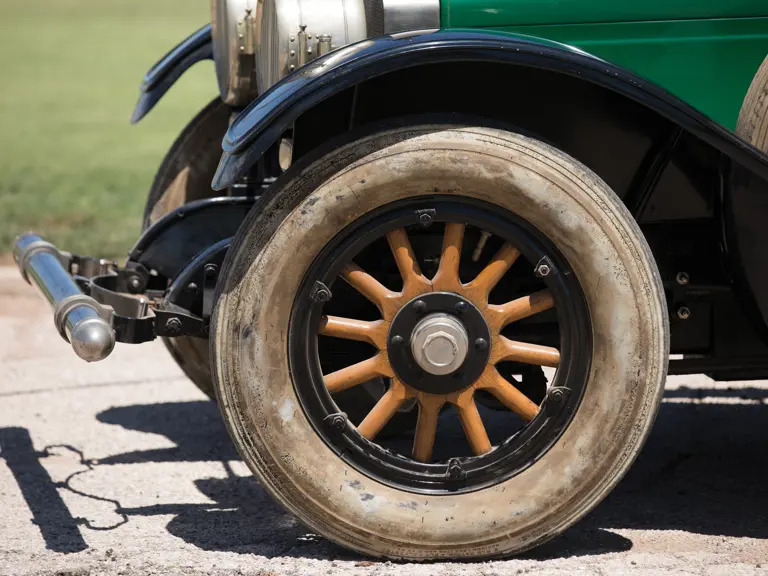



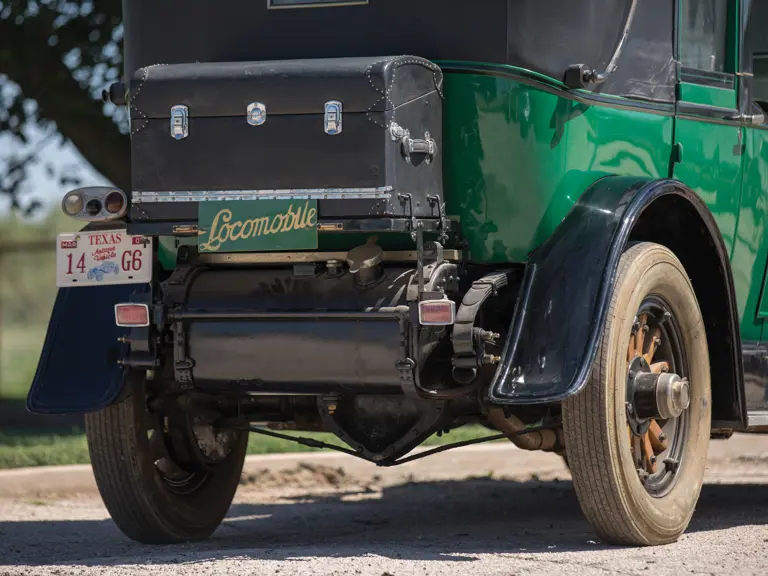

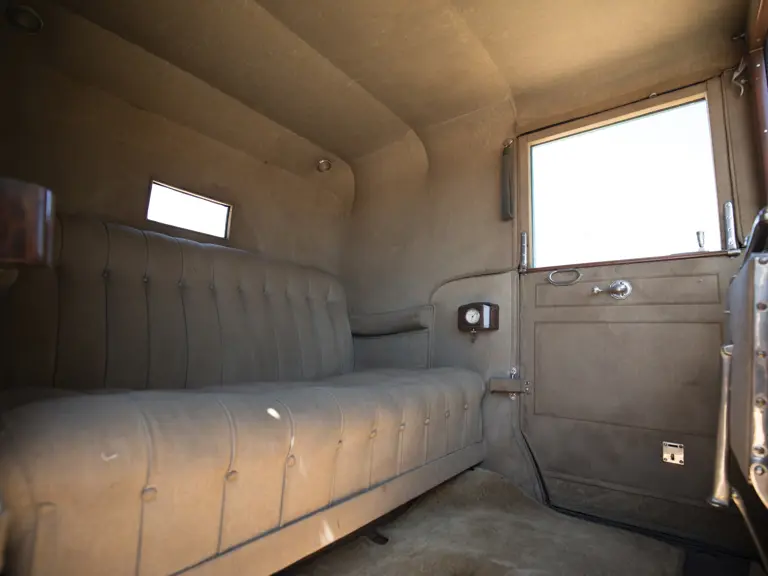
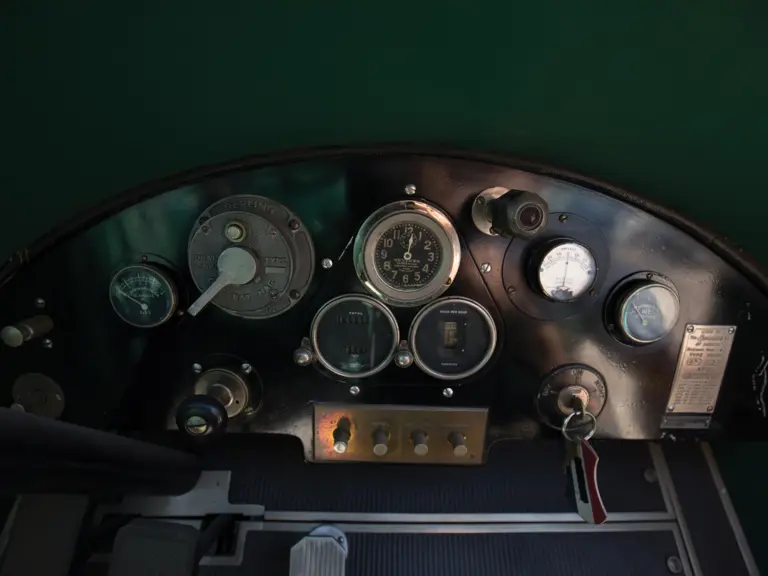
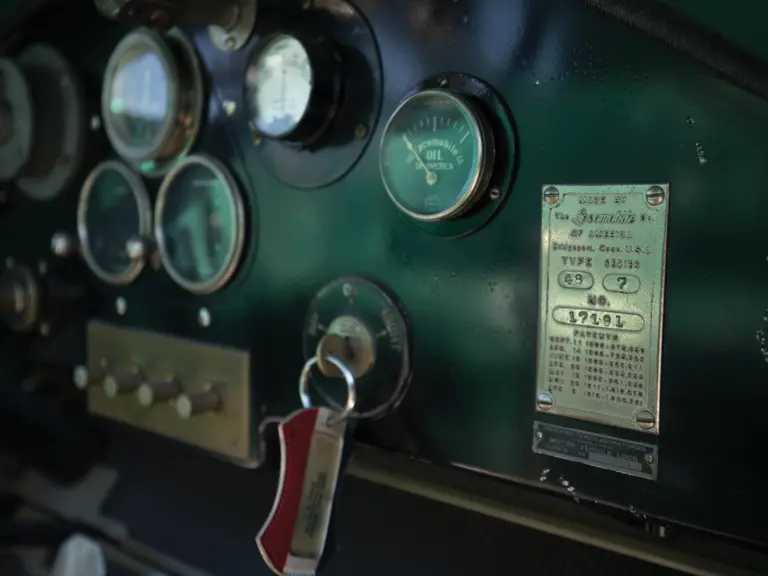
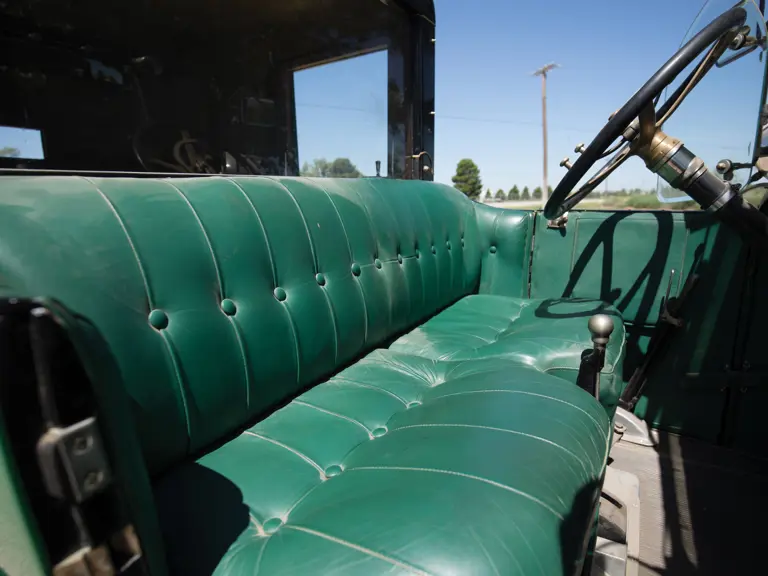
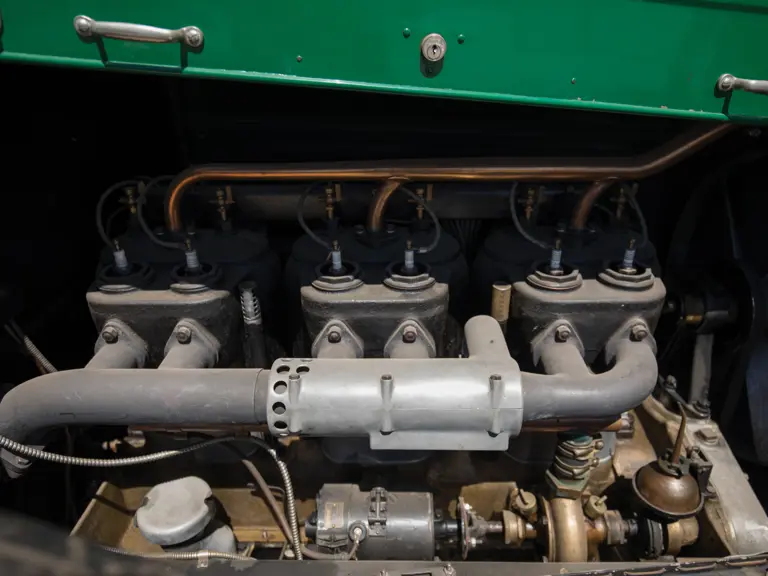
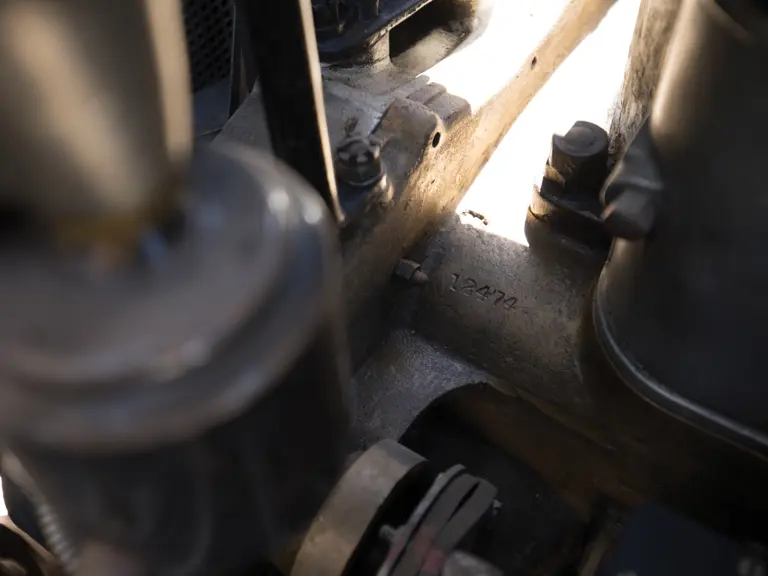
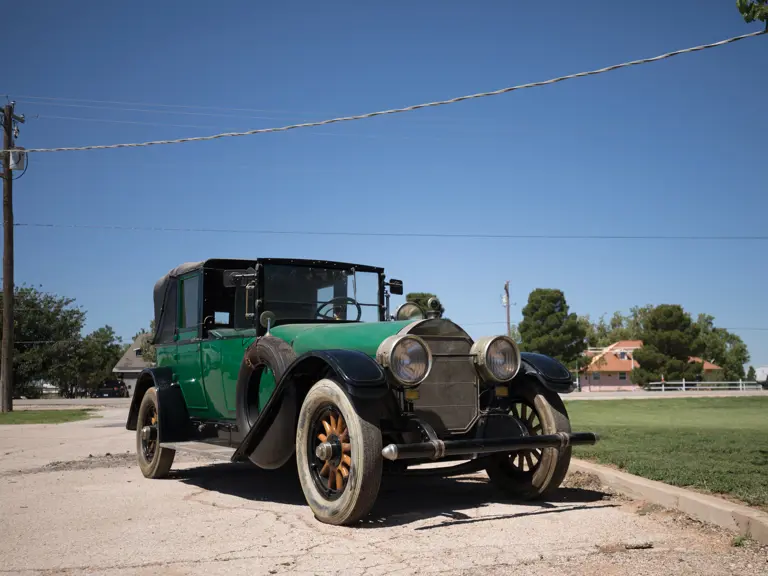
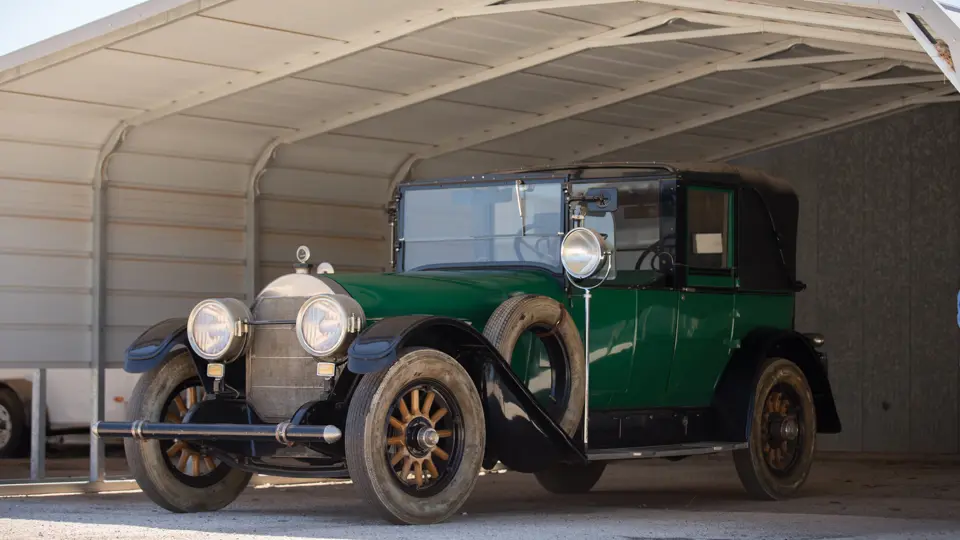
 | Hershey, Pennsylvania
| Hershey, Pennsylvania
